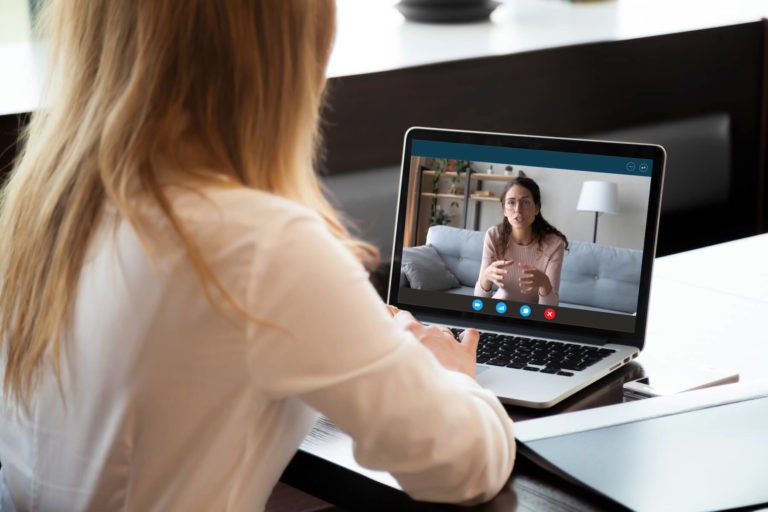It’s that time of the year again when teachers across the country are focused on providing their students’ parents with an update on their progress to date so far. Parent-teacher conferences have always been an important part of education, but in the era of COVID-19, they have become even more important. Parents want to know how their children are doing both academically and socially during these unprecedented times. Following these basic guidelines will ensure that parents leave their virtual parent-teacher conference feeling confident that their child is in good hands.
Prepare Materials and Talking Points Beforehand
When parents attend a conference with their child’s teacher, it is expected that the teacher comes prepared to share pertinent information about their child’s learning and social well-being. For this reason, teachers must put aside time to prepare in advance of the parent-teacher conference. What will be shared that shows a student’s areas of strength? What is one goal area that the teacher and child will be working towards? From experience, it is best to sandwich any area of concern between areas of strength so that parents know that their child’s best interests are in the forefront.
Stay Positive and Solution-Driven
With all of the negative news in today’s society, the worst possible approach for a teacher would be to focus on all of the negative aspects of the student’s learning. Instead, an approach that focuses on the positive attributes a student possesses is a great way to ensure that parents feel like they are part of the learning team. Starting with the positives shows that the teacher believes in the student’s ability to learn and grow.
When there is an actual deficit area, be it academic or social, the best teachers are solution-driven when it comes to relaying this information to parents. Teachers should come prepared with some ideas as to how their student can succeed in meeting the area of improvement.
Highlight Student Work
Understandably parents want to see examples of their children’s work during their limited time with the teacher. When parent-teacher conferences take place within the classroom, it is easy to pull a folder out of a student’s desk to share with the student’s parents. In a virtual setting, it is equally as important to highlight their child’s work, but it needs to be done using technology.
Many teachers keep a digital folder that holds samples of student writing, projects, or assessments; students may also have a digital portfolio that could be shared during a conference. Sharing one’s screen during the conference allows the teacher to walk through assignments that s/he would like to highlight. Sharing of the screen can be done through Zoom, Microsoft Teams, Google Meets, or any other type of virtual meeting platform.
Ask Questions
When a teacher comes to the conference with his or her own set of questions and reflections, it shows that s/he is using the conference as a learning experience. The meeting should be two-way; not just the teacher talking to the parent. Teachers should be careful not to ask questions that might put parents on the defensive about their parenting style. For example, if the teacher notices the child seems tired during e-learning, instead of asking, “Why don’t you make your child go to sleep at a more reasonable hour?” a teacher might ask, “How many hours of sleep does your child get each night?” This subtle difference in questioning removes the blame and focuses on the issue of the student being tired.
Keep Communication Open
It is of utmost importance that parents know that the parent-teacher conference is not the only opportunity to speak about their child’s learning and growth. Sharing contact information along with the best times and methods of communication to be reached shows parents that the teacher will make him or herself available to support their child’s learning outside of the conference timeframe. Keeping an open line of communication creates a triangle between the student, school, and parents. This type of communication builds a strong relationship that fosters students’ self-confidence and motivation.
Be Aware of Accessibility
Not every family has functional access to the internet or a device that works in their home. Nor does every family have parents that are able to support their children’s learning at home. For these reasons, teachers must do their best not to add to the accessibility gap that occurs between wealthy households and those that come from low-income areas or those who speak a language other than English at home.
When a teacher finds out that a family doesn’t have access to either a device or the internet, it is his/her responsibility to share this information with the school’s principal so that equitable access can be attained in all households. Many districts offer students a loaner device and a hotspot that the entire family can use to access an equitable education.
Lastly, whatever language a teacher uses during the virtual parent-teacher conference should be understandable to parents. If information needs to be translated into a different language, then the teacher should seek assistance from a staff member that could assist with interpreting the information.




